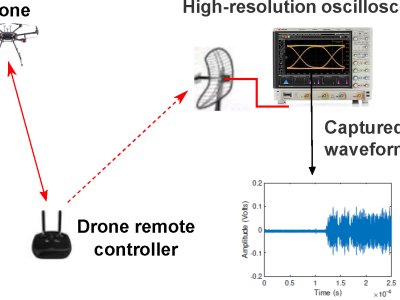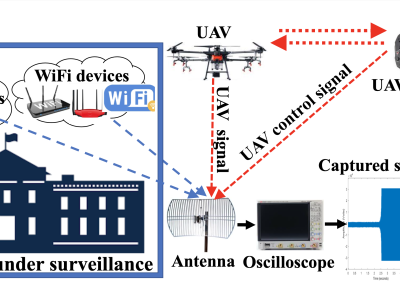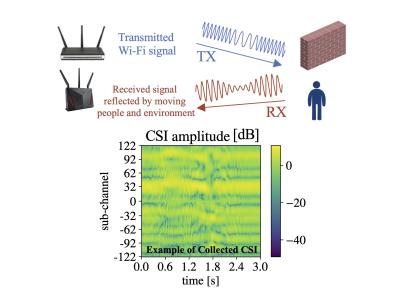Preallocation simulation data (CA) for Multiconnective URLLC (Matlab)

- Citation Author(s):
- Submitted by:
- David Csercsik
- Last updated:
- DOI:
- 10.21227/yk16-zc80
- Data Format:
 19 views
19 views
- Categories:
- Keywords:
Abstract
Combinatorial auction algorithms are successfully applied for channel assignment in wireless networks. However, their computational complexity grows fast with the number of users and resources. Therefore, preallocation-based combinatorial auction represents a promising approach for these channel assignment problems. The aim of preallocation is to constrain the number of bids submitted by participants, and thus allow the numerical feasibility of the auction problem.
In this paper we compare the performance of various preallocation approaches via simulation according to various measures, namely the total utility of the resulting allocation, the number of unassigned channels and the required computational time. In addition to simple iterative random and semi-random algorithms which serve as baseline, we consider the many-to-many version of the Gale-Shapley (M2MGS) algorithm and a relaxed version of the combinatorial auction (RCA) algorithm, which is based on the clustering of channels. We conclude that in the case of the most complex setups analyzed, M2MGS and RCA can bring even 89.8 and 82.7 \% computational gain compared to simple iterative methods, while resulting in 9.5 and 2.8 \% higher total utility.
Instructions:
The directories 'M2MGS_par' and 'RCA_par' contain the data of the simulations corresponding to the optimal p[arametrization of the many-to-many Gale-Shalpley and the relaxed combinatorial auction.
The files res_test_SS_d0.mat, res_test_MS_d0.mat and res_test_LS_d0.mat contain the simulation data of the comparative analysis







